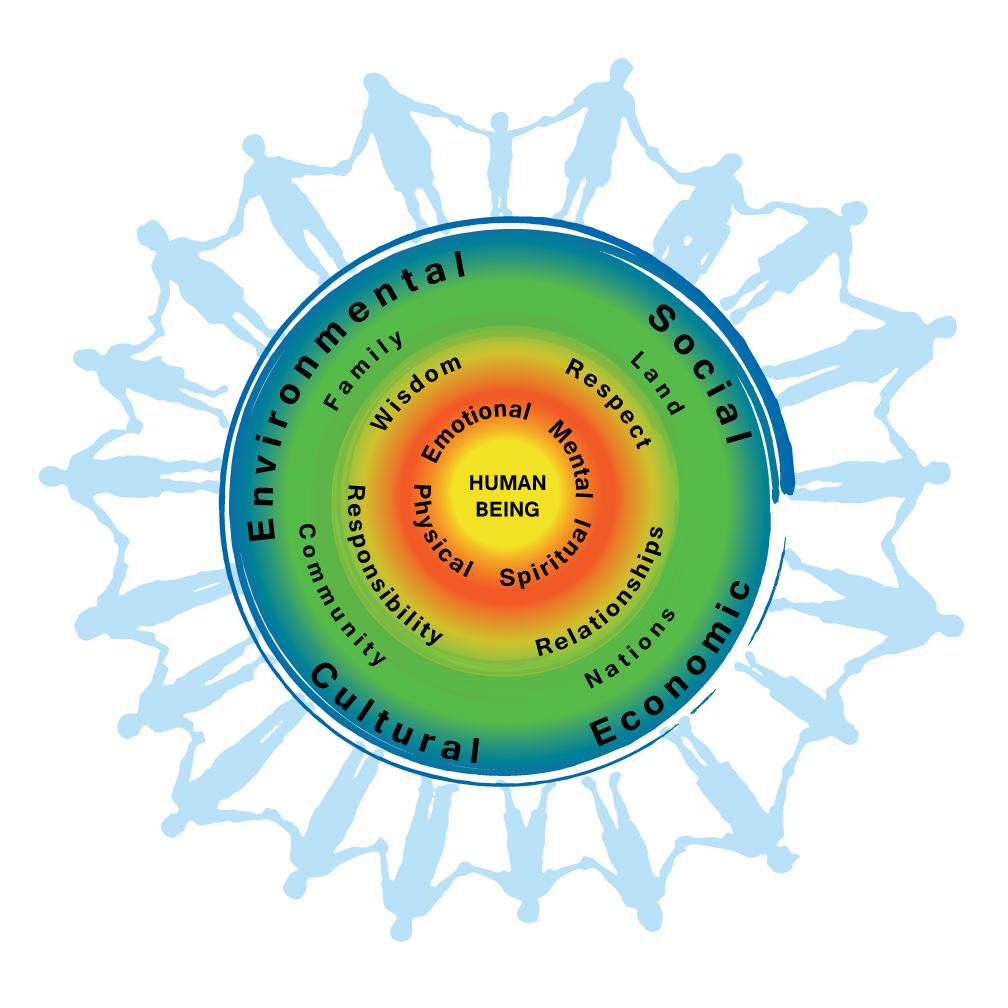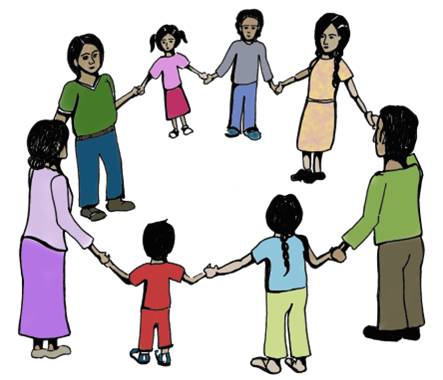Can Plants stop soil erosion?
Soil erosion is a big problem to farmers, and ecosystem, so we decided to do this experiment. Here are predicted multiple answers. First, yes, they can. Second, no, they cannot. Third, they can stop kind of soil erosion. To formulate this multiple reasons/answers for those answers. First, yes, If grass is grown in a soil sample, then it will slow down the movement of water and make the collected runoff clearer, indicating less soil erosion. Second, no, they cannot because it is weaker than the nature power like wind, rain, or dry land. Third, they can stop kind of soil erosion because they hold the ground, so they can stop soil erosion by wind or rain, but dry land will make plants dry, so plants can stop kind of soil erosion.
Here is an investigation.
- Cut an empty 2L bottle in half, and place soil inside. Evenly spread grass seeds on this soil.
- Place it under a light source and wait for it to grow, making sure to water it every couple of days and trimming it to an appropriate length. Test effects after it has grown 2-4 inches in length.
- Fill two more 2L bottles with soil after they have been cut in half. Keep one soil by itself (control), and place a layer of gravel over the other soil filled bottle.
- Place one of the samples of soil on an elevated slope with a beaker below to catch runoff.
- Fill a graduated cylinder with 100mL of water
- Pour the water into the sample, and catch the runoff in the beaker. While doing this use a timer to time how long it takes for the runoff water to empty into the beaker. Start the timer when pouring begins, and end when water stops emptying into the beaker.
- Record the time, characteristic, and amount of water in the beaker.
- Repeat steps 5-7 for the other two bottles of soil
There was an ethical and environmental issue. It was when we were done with the experiment, we had to throw away the plastic bottle, even though we recycled it. If we didn’t cut it up, we could have used it many more times. Equipments that we used are Three 2 liter bottles that are cut in half, Soil, Grass seed, Water, Gravel(Pebbles), Graduated Cylinder, Beaker. There was not really anything dangerous about this experiment, so there was not any safety concerns during this project.
As First peoples perspectives, this would not be important to them because they did not do farming, they were nomads. If there were First Peoples who did farming, this experiment would be important to them because this experiment shows what we should do, if we do not want the soil erosion.
Data chart
| Bottle | Water collected(mL) | Time for water to stop flowing (sec) | Qualitative Observations |
| With Grass | 171mL | 78 seconds | Thin, dark, murky, clearest water with sediment at bottom |
| With groundcover(Gravel) | 27mL | 87 seconds | Thin, light brown, water with no debris |
| With soil only | 40mL | 117 seconds | Thin, brown water with little debris |
The bottle with grass took more water than other bottles that were gravels or soil only. The bottle with grass also took shortest time for water to stop flowing. The bottle with grass had thin, dark, murky, clear water with sediment at bottom, the bottle with gravels had thin, light brown, water with no debris, and the bottle with soil only had thin, brown water with little debris. There was no inconsistency that I see.
The data collected from this experiment proves the hypothesis accurate in only some areas. Although it supports that the runoff will be clearer in grass soil, as the hypothesis states, it does not, however, illustrate that the water will move less easily through the grass soil. There is no alternative explanation and conclusion than the one I presented. We did not make any error. There was a confusing variable. It was the bottle with gravel had lighter water than the bottle with grass’ water.





